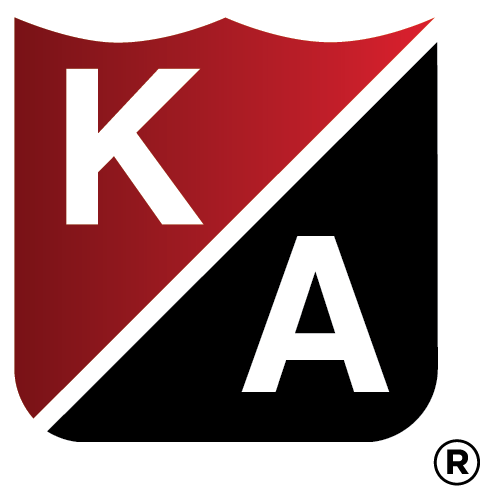The decision to drive drunk is not an accident. The decision to engage in distracting behaviors while driving is not an accident. The decision to speed is not an accident. The decision to not repair a maintenance issue is not an accident. Accidents, by definition, are unexpected happenings that are not due to any fault or misconduct. These behaviors are not accidental, nor do they cause accidents. They are choices that result in crashes. According to a 2008 study from the National Highway Traffic Safety Administration, 93% of crashes result from some type of human error. Over 28 state departments of transportation, including Minnesota, no longer refer to roadway incidents as accidents.
In the fast-paced world, companies constantly strive for success and growth. Yet, amidst the hustle and bustle, one critical aspect often gets overlooked – driver qualification and fleet safety. Businesses with commercial drivers and Department of Transportation requirements are likely to have the most robust fleet programs. However, businesses without those regulatory requirements are still faced with similar risks. Ignoring these can lead to dire consequences, impacting not only the safety of employees and the public, but also the company’s bottom line.
Most crashes are preventable. In fact, the rates of fatalities and crashes have generally decreased since the 1960s. This is a result of regulations that require the manufacture of safer cars, improved roads, and recently enhanced safety technology. It is also a result of DWI laws, seat belt use, and improved child seats. Despite all of these positive steps, the Minnesota Department of Public Safety reports 134, 917 people were still involved in crashes in Minnesota in 2021. That resulted in 488 deaths, 1,723 serious injuries, and over 2 billion in economic loss.
The top four factors that contribute to fatalities on Minnesota roads are speed, unbuckled motorists, drunk driving, and distracted driving. The goal of a fleet risk management program and the responsibility of business owners is to provide the tools and support to eliminate most, if not all of these avoidable crashes.
If employee injuries, injuries to the public, and financial cost are not reason enough to set a goal to eliminate crashes, the insurance industry is likely to provide the final incentive. Currently, in order to secure favorable insurance rates, companies must demonstrate a commitment to safety through thorough driver qualification and fleet management processes. The insurance industry is also evolving from using this as a criteria for determining rate to using this criteria as a primary factor in determining the overall insurability of the business.
Specific Risk Management Practices
To effectively manage risks associated with driver qualification and vehicle usage do not require complex policies and procedures. The core of any good program includes:
1. Annual Motor Vehicle Record (MVR) review. This should include criteria for the privilege to drive for company business.
2. Non-Owned Auto Use. Employees who occasionally use personal vehicles for company business should be subject to the same safety criteria as those driving company-owned vehicles and provide confirmation of an adequate level of personal insurance.
3. Personal and Family Use Policies. Businesses should establish policies regarding personal and family use of company vehicles and extend the safety requirements if such use is allowed.
4. GPS Tracking. Implementing GPS tracking systems can help monitor driver behavior, route optimization, and vehicle security. This technology provides real-time insights into driver activities, enabling businesses to proactively address safety concerns.
5. Training Programs. Investing in comprehensive driver training programs can make a significant difference in accident prevention. These programs should cover safe driving techniques, defensive driving, and adherence to company policies.
6. Vehicle Maintenance. Regular maintenance of company vehicles is vital to ensure they are in optimal condition. Neglecting maintenance can lead to breakdowns, crashes, and increased insurance premiums. Consistent vehicle inspections and servicing are critical components of a safety-oriented approach.
7. Accident Reporting. In the unfortunate event of an accident, a robust reporting system should be in place. Prompt and accurate reporting helps businesses assess the cause, implement corrective actions, and communicate with insurance carriers efficiently.
Raise the bar. The best practice steps are simple. Join the effort and refer to roadway incidents as crashes. Set a goal of zero crashes. Create a set of expectations and policies to support that goal. Save lives. Reduce expenses.
Do you want to learn more? The annual report from the Office of Traffic Safety, Minnesota Department of Public Safety includes a detailed analysis of crashes, and contributing factors such as driver age, vehicle type, and road conditions. The most current report is available here. https://dps.mn.gov/divisions/ots/reports-statistics/Documents/CFmod_2021_Doc.pdf



